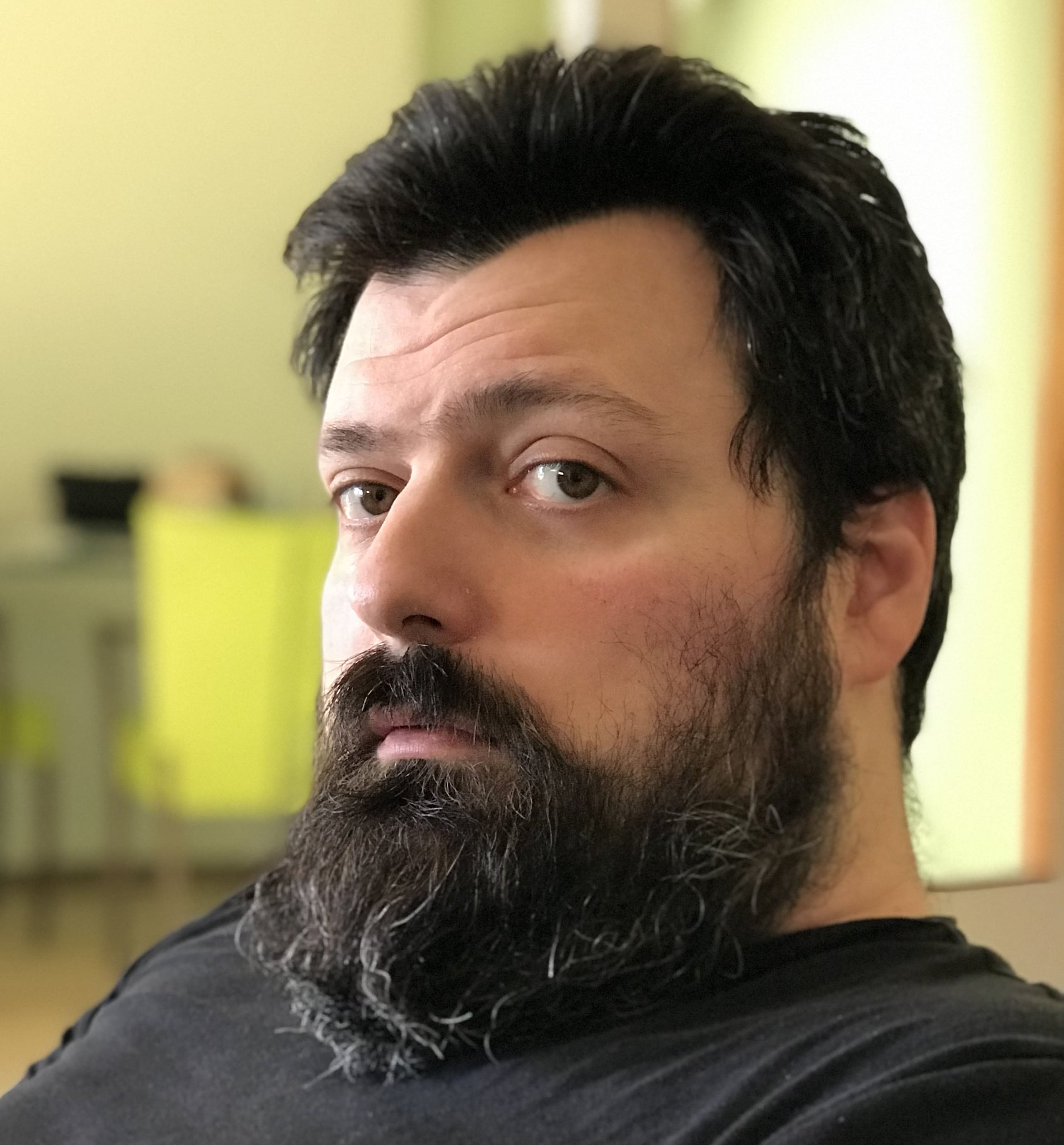Navigating the Highs and Lows: A Software Engineer's Guide to Avoiding Burnout
 Marco Poletto
Marco Poletto
Introduction: In the fast-paced world of software engineering, the line between passion and burnout can often blur. As we push through tight deadlines, complex problem-solving, and the continuous learning curve, the risk of falling into the burnout trap increases. But it's not just about working hard; it's about working smart and taking care of our most valuable asset – ourselves. This guide is not just a set of tips; it's a roadmap to sustainable productivity and well-being in the tech world.
Section 1: Recognizing Burnout in Engineers
Burnout sneaks in silently, often mistaken for a temporary about of fatigue or a bad week. However, its roots go deeper, affecting both our professional performance and personal life. For us engineers, the signs can be subtle but specific.
Physically, you might notice constant fatigue despite adequate rest, frequent headaches, or muscle tension. But it's not just the body that bears the brunt; our minds are equally affected. Emotionally and behaviorally, burnout manifests as a lack of motivation, irritability, difficulty concentrating, and a sense of detachment from work that once fueled your passion.
Cognitively, you might find yourself struggling with decision-making or problem-solving – tasks that were once a cakewalk now feel like a battle. Social withdrawal is another red flag. That once vibrant team player now prefers solitude, avoiding interactions that were previously enjoyable.
Understanding these signs is the first step towards addressing burnout. Ignoring them can lead to decreased productivity, missed deadlines, and even affect your physical and mental health.
Section 2: Setting Healthy Boundaries
In a profession where 'always on' can easily become the norm, setting healthy boundaries is not just beneficial – it's essential. It's about defining what's important and making space for it, both in and out of the workplace.
Start by establishing clear boundaries for your work hours. It's tempting to stretch the day to fit in 'just one more task,' but this habit can quickly escalate into a burnout spiral. Utilise tools and strategies to manage your time effectively during work hours so you can genuinely disconnect once the day is over.
Communication plays a key role here. Be transparent with your team and supervisors about your availability and the importance of uninterrupted off-work hours. It's not about working less; it's about working efficiently and safeguarding your personal time for rest and rejuvenation.
Finding a hobby or activity outside of work is not just a break from the routine; it's a crucial part of your mental health toolkit. Whether it's a sport, an art form, or just a quiet evening with a book, these activities offer a much-needed counterbalance to the high-intensity environment of software engineering.
Lastly, don't hesitate to have an honest conversation with your supervisor if you feel overwhelmed. It's about working together to find a sustainable pace that maintains productivity without compromising your well-being.

Section 3: The Power of Saying 'No'
One of the most empowering skills in a software engineer's arsenal is the ability to say 'no.' It's not about being uncooperative or difficult; it's about understanding your limits and safeguarding your professional integrity and personal well-being.
Saying 'no' can be challenging, especially in a culture that often equates busyness with productivity. However, taking on more than you can handle leads to burnout, decreased quality of work, and a diminished sense of accomplishment.
Begin by assessing your current workload before accepting additional tasks. Are you already at capacity? Will this new task compromise the quality of your existing responsibilities? If the answer is yes, it's time to say 'no.'
It's crucial to communicate your 'no' effectively. Be clear, concise, and assertive, but also respectful. Explain your reasoning – whether it's an already full plate or a need to focus on specific high-priority tasks. Offer alternatives if possible, like suggesting a later timeline or delegating the task to someone else.
Remember, saying 'no' is not just about declining extra work; it's about setting a precedent for how you manage your workload and time. It's a statement that you value quality over quantity and your mental health over a never-ending to-do list.
Section 4: Role of Management in Supporting Mental Health
A supportive management team plays a pivotal role in preventing engineer burnout. It's about creating a company culture that values not just the output but also the well-being of its employees.
Effective management in this context means open communication and understanding. Regular check-ins with team members about their workload and mental health are crucial. These conversations can help identify early signs of stress and burnout, allowing for proactive measures.
Another key aspect is resource allocation. Ensuring that engineers have access to the tools, training, and support they need goes a long way in reducing work-related stress. Additionally, management should encourage a culture where taking breaks and vacations is not only accepted but encouraged.
Finally, promoting a work environment that values diversity, inclusivity, and collaboration fosters a sense of belonging and support. This can be done through team-building activities, inclusive decision-making processes, and recognising the contributions of all team members.
A management team that is attentive to the needs of its engineers creates a more productive, satisfied, and loyal workforce. It's about building a work environment where engineers feel valued and supported, both professionally and personally.
Section 5: Personal Experience with Burnout
My journey through burnout was both challenging and enlightening. As an engineering manager, the pressure to lead by example while managing an ever-growing list of responsibilities was overwhelming. The turning point came when the lines between work and life blurred to the extent that the joy in both started diminishing.
I remember the constant fatigue, the mental fog, and the diminishing interest in hobbies that I once loved. It was a wake-up call. Addressing it meant taking a step back to reevaluate my priorities and workload. It involved tough conversations with my team and supervisors, setting clear boundaries, and learning to say 'no.'
The path to recovery wasn't overnight. It required consistent effort in prioritising self-care, seeking support, and, most importantly, changing the way I perceived success and productivity. This experience taught me the value of balance, the importance of mental health, and the courage it takes to put well-being first.
Sharing this experience is not just about my story; it's about highlighting a path that many engineers find themselves on. It's a reminder that burnout is not a sign of weakness but a signal that something needs to change.
Conclusion:
The journey through the world of software engineering is as much about maintaining our mental health as it is about technical growth. Recognising the signs of burnout, setting healthy boundaries, learning to say 'no,' and having a supportive work environment are not just strategies; they are necessities.
As we navigate the highs and lows of this dynamic field, let's remember to take care of ourselves and each other. After all, our greatest achievements come not just from the code we write but from the balance we maintain in our lives.
Thank you for reading. May this guide serve as a stepping stone towards a healthier, more balanced career in software engineering.
Subscribe to my newsletter
Read articles from Marco Poletto directly inside your inbox. Subscribe to the newsletter, and don't miss out.
Written by

Marco Poletto
Marco Poletto
Hi, I'm Marco, Engineering Manager and a Lead developer with experience building and managing product-focused teams. My tasks include handling the engineering team delivering on time and with quality code, helping them grow in their role and guiding them towards their career goals. As a developer, I work extensively with JavaScript front and back (Vue, React and node) and other modern technologies (SCSS, GraphQL, NoSQL DBs, CD/CI, unit and e2e testing, development experience, etc.).Mentoring and teaching developers to grow and learn is a big part of my job and personal mission. Furthermore, I like seeking new technologies and staying up-to-date on industry trends and advancements. In addition to my roles as a front-end and engineering manager, I have often served as a Scrum Master, helping companies introduce an agile methodology or improve the existing one.